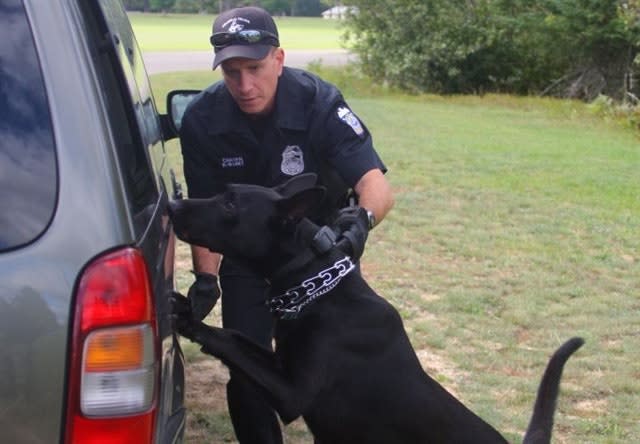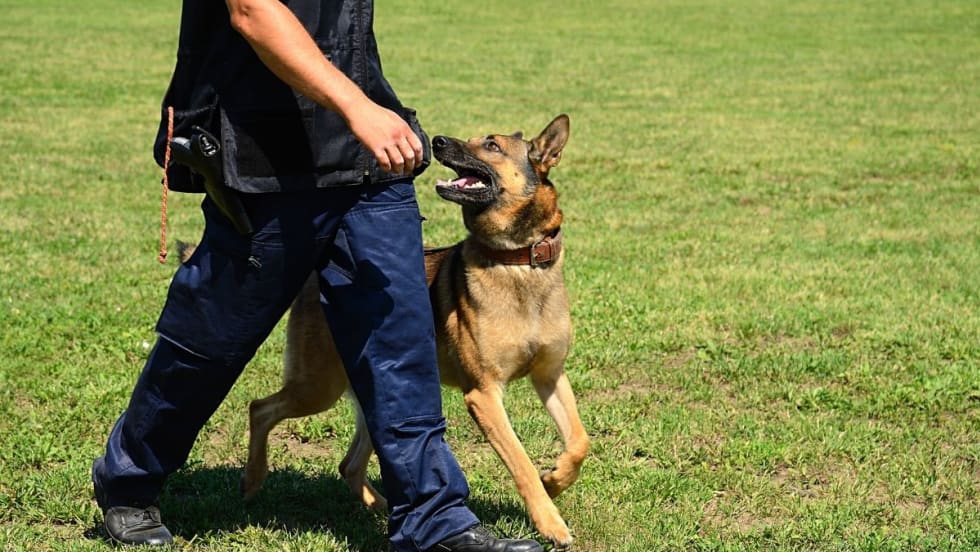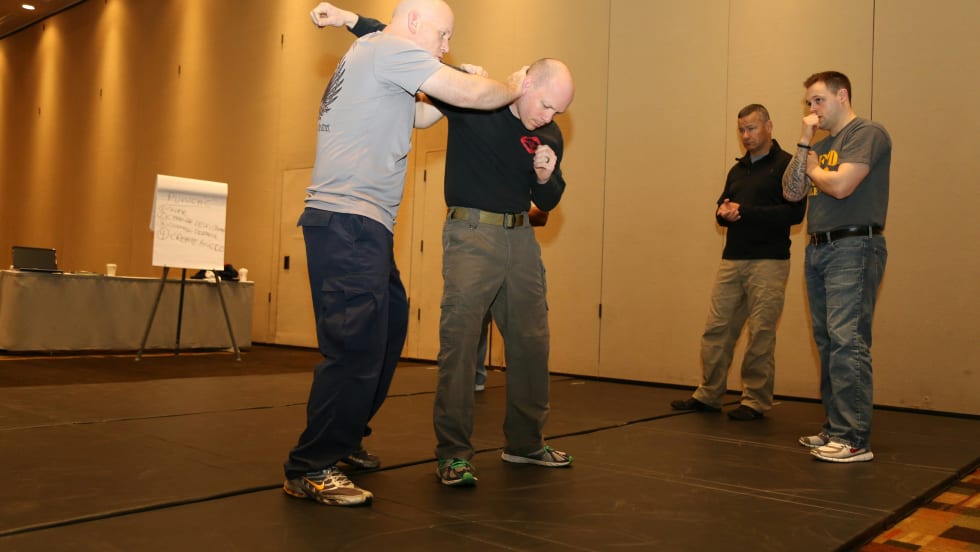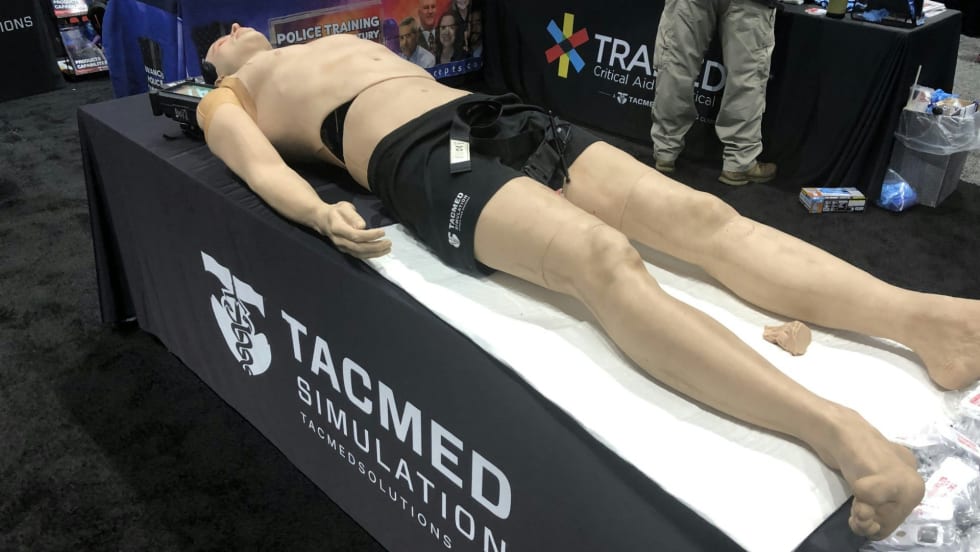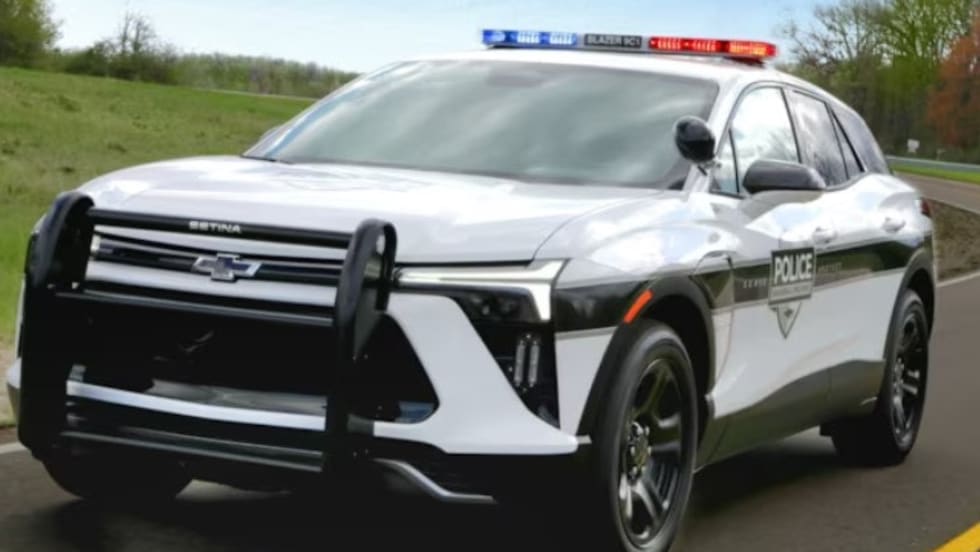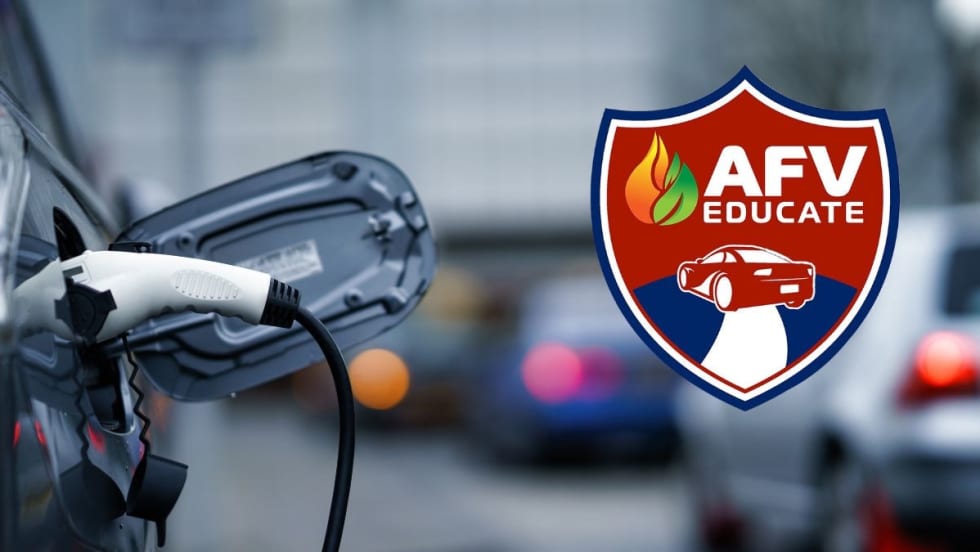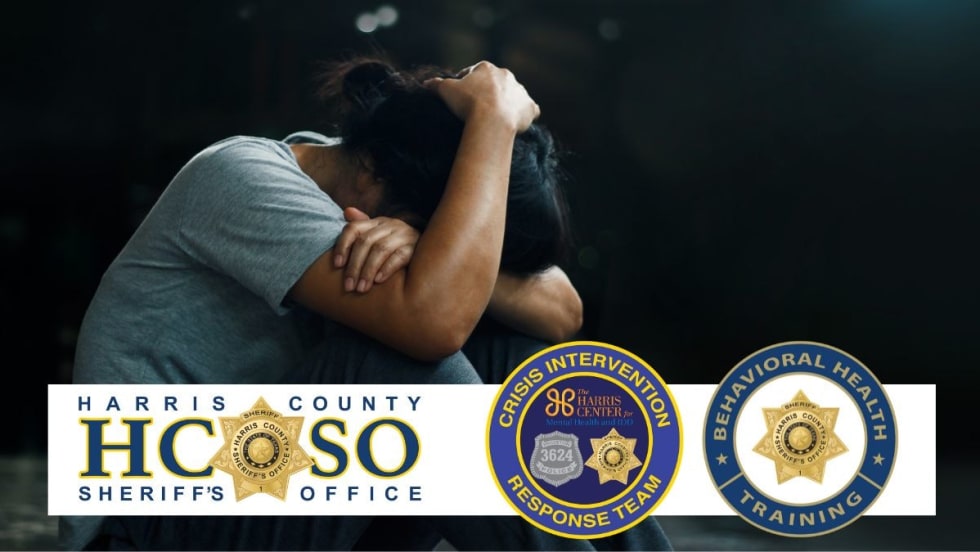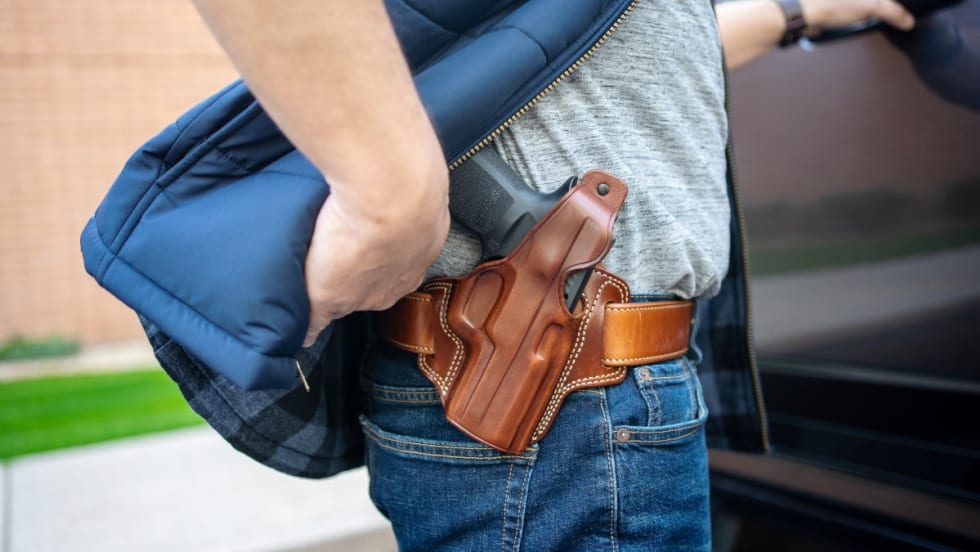I can recall when my former department formed its K-9 unit. Command staff and the training unit listened to the trainers and K-9 supervisor about trying to avoid misconceptions and disconnects from non-unit officers. First of all, not all cops are warm and fuzzy with K-9s. Some cops are afraid of dogs. Others could be dog lovers but just scared of a police K-9. This was an opportunity to ease these officers over their fear of working around the new four-legged officers.
Set up an in-service course to explain how the K-9 operates, their capabilities, and legal issues. Make sure you explain how and where the new unit fits into your current organization and what options and resources they offer. Explain how patrol units can request the K-9 unit. It's important to have a show and tell about what they can and can't do. Cover how officers should request the specialized unit, and how they should interact with it in the field.
As one example, patrol officers may not want the dog to go tromping around a fugitive's exit area because the dog may not be able to scent and seek in a contaminated area. Most K-9s are patrol function and single-purpose animals, so be sure to mention that. Other dogs offer dual-purpose capability for patrol as well as narcotics scenting. Some are exclusively single-purpose for missions such as explosive/IED detection or cadaver recovery.
Explain what your staff is capable of handling, and list some dos and don'ts. It's important that your agency's officers know the legal ramification of K-9 usage. Don't forget to provide demonstrations showing "seek and find" contraband, tracking, building searches, and arrest techniques. If the officers see the skills brought to them, they will trust this new asset to the department. Here's an important tip. Don't volunteer for the bite suit!
Your goal for any new unit should be to make it successful. This can only occur when you gain understanding and acceptance from fellow officers.


